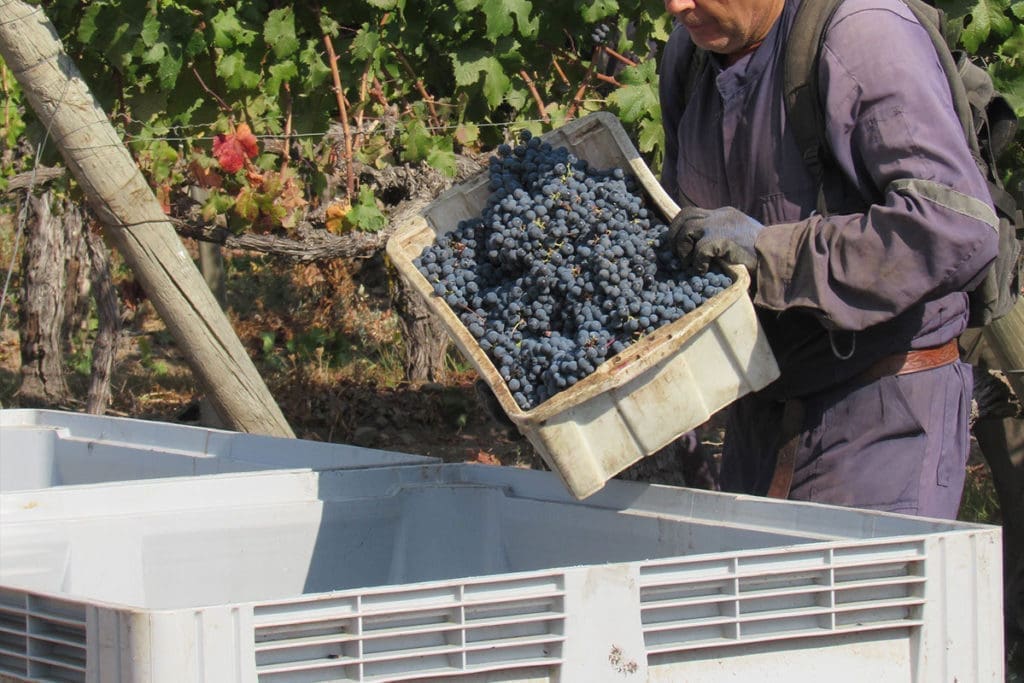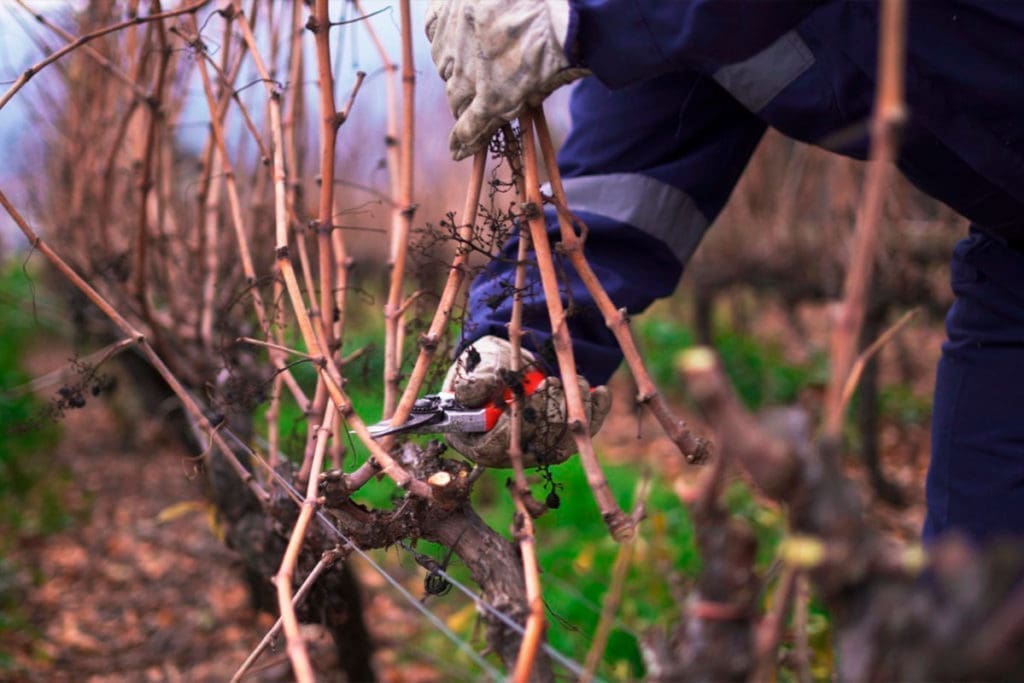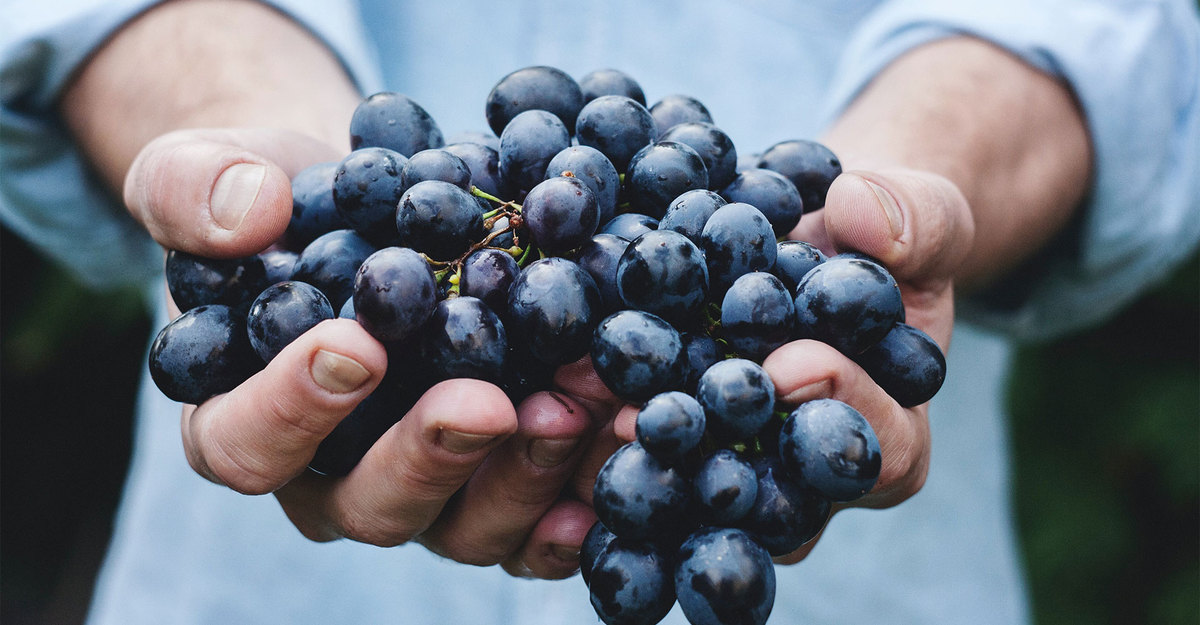1 de February de 2023
The lifecycle of a vine
While in the southern hemisphere we get closer to the long-awaited harvest, northern hemisphere vineyards are in their resting period. The vegetative cycle of the vine occurs in an inverted way between both hemispheres, and like for all living beings, consists of being born, growing, reproducing and dying. But the magic of the vineyard is that it also can be reborn.
Budburst
Northern Hemisphere: March – April
Southern Hemisphere: September- October
This is when the vine is born (or rather reborn) thanks to the warmer temperatures that come with the beginning of spring. In this phase, the movement of sap in the grape varieties that have earlier sprouting begins. Sap is a viscous liquid that moves through the conduction tissues of the plant to transport nutrients. It’s in this stage that it’s possible to perceive the appearance of the first green buds that will later become branches and leaves.
Foliation
Northern Hemisphere: April – May
Southern Hemisphere: October – November
In this stage the first leaves, the most important organs of the vine, appear. They transform the raw sap in order to help in the vital functions of transpiration, breathing and photosynthesis of the plant. Thanks to oxygen and water, acids and sugars are formed in the leaves and will give the grapes their flavour.

Flowering
Northern Hemisphere: May – July
Southern Hemisphere: November – January
Then come the first embryos of the flowers, which will open in the beginning of summer. Flowers are white, very small and, if they pollinate successfully, they will become grapes. This phenomenon, in which the flower transforms into a very green fruit loaded with chlorophyll, and sour flavour, is known as the “fruit set phase”, and it usually ends two weeks after flowering. The flowering date will determine the date of beginning and the volume of the harvest. If the flowering is early, so will the harvest.
Veraison
Northern Hemisphere: July – August
Southern Hemisphere: January – February
Veraison is the process in which grapes begin to change colour. White grapes start to turn more yellow and transparent, while red grapes turn pink and purple. Undoubtedly one of the most beautiful times to visit a vineyard.
Maturity
Northern Hemisphere: August – September
Southern Hemisphere: February – March
After Veraison comes the ripening period of the grape. In this process, berries can double their size, while losing acidity and gaining sweetness. They accumulate pigmentation, flavours and, most importantly, its tannins develop.

Harvest
Northern Hemisphere: September – November
Southern Hemisphere: March – May
When they reach their perfect ripeness point, which is controlled by vine growers and winemakers who seek a balance between sugar and acidity levels, grapes are harvested. This end of the vine cycle is what is known and celebrated as harvest, and its end date varies among all varieties. E.g, the Terrunyo Sauvignon Blanc 2021 harvest was on March 24 and 25 of 2021, while the Terrunyo Carmenère 2019 one was between May 2 and 15 of 2019.
In some cases, certain producers leave some clusters to be harvested later and produce sweeter wines such as Concha y Toro Late Harvest with them.
Resting
Northern Hemisphere: November to March
Southern Hemisphere: May to September
The end of the harvest usually matches the arrival of autumn, a period in which leaves fall from the vine and the plant enters a kind of lethargy that will last all winter. Here the pruning and fertilization of the plant will be carried out to help it withstand the resting period and its subsequent germination. Then it will be reborn again.










